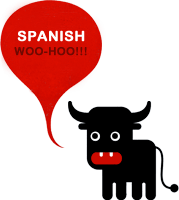Regional Languages of Spain - Castilian
Despite its general classification as ‘Spanish’, the language we know and recognise as the official language of Spain isn’t the only one spoken on the peninsular. In fact there are another 7 languages spoken and used across the country falling under various categories of use and being aware of them is definitely recommended if you wish to avoid any awkward situations! Not only is Castilian a popular and increasingly important language, especially in terms of its use across South and Central America, but the other languages of Spain are respected particularly important factors of regional culture and history.
Castilian

Castilian is the correct name for the language that many recognise and refer to as ‘Spanish’. With approximately 329 million native speakers it is therefore the second most widely spoken language in the world (after Mandarin Chinese) and is the official language of Spain and many Latin American countries including Mexico, Argentina and Peru. In addition, Castilian Spanish is one of the six official languages of the United Nations making its part in global affairs of particular importance. As a result, Castilian stands as one of the best languages to learn and is the most common second language of American students. Additionally, there are many schools across Spain offering Castilian language tuition, find out more about Enforex language schools.
The name Castilian refers to the language’s supposed evolution from Latin spoken in the region of Castile in central Spain and the fact that this later became the location of a centralised government, thus amplifying its verbal and written use and subsequent importance throughout Spain. Along with French, Italian, Portuguese and Romanian, Castilian Spanish, along with the regional languages of Catalan and Galician, is a Romance language, forming part of the Indo-European language family.
In South and Central America, Castilian Spanish is also spoken as an official language; however there are numerous noticeable differences between the language spoken in Spain and that spoken in the Americas. Countries where a dialect of Spanish is an official language include; Mexico, Costa Rica, Bolivia, Ecuador, Honduras, Peru, Argentina and Chile. One example occurs in pronunciation as, unlike in Spain, the ‘th’ sound, heard in zapato, cinco, cerca etc. is replaced by a solid ‘s’ sound in Latin America. Vocabulary is also quite different, with a number of words being replaced altogether by American substitutes. The incidence of this is similar to the difference between British English and American English.









